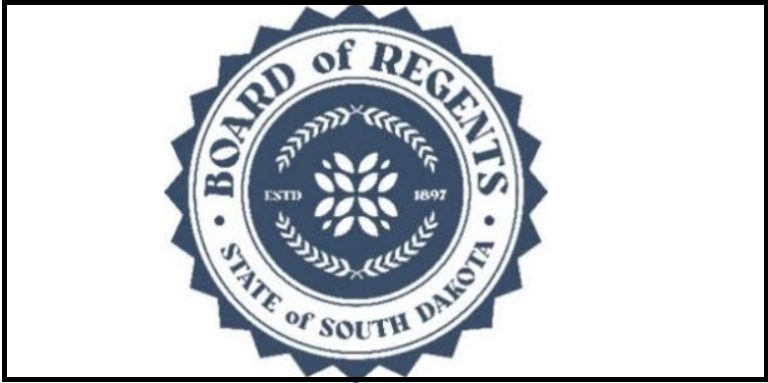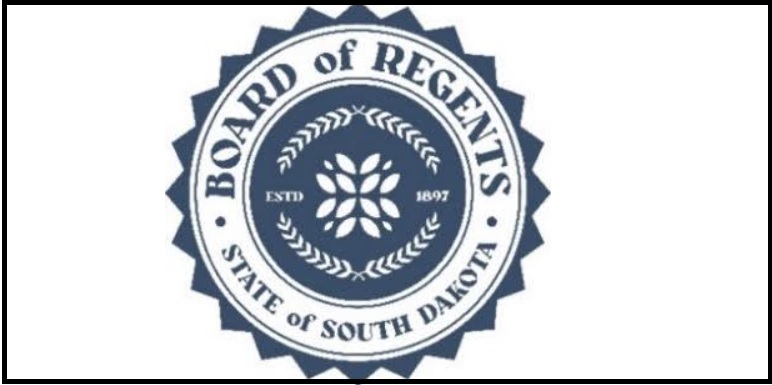SIOUX FALLS, S.D. (AP) — A few days before middle school teacher Shaun Nielsen joined a work group to develop South Dakota’s social studies standards, he got a thick package in the mail.
Sent from Hillsdale, Michigan, home to a conservative private college enjoying outsize influence among top Republicans, it contained materials that would ultimately form what the state’s public schools students could be expected to learn about American history and civics.
“Whoa — these are already written,” Nielsen remembers thinking as he opened the document this spring.
Michigan-based Hillsdale College, which has sought in recent years to “revive the American tradition of K-12 education” by fostering a nationwide network of schools, won new prominence when then-President Donald Trump tapped the school to help develop a “patriotic education” project. Now, in a sign of Hillsdale’s growing influence in public education, South Dakota has proposed statewide standards that contain distinct echoes of Hillsdale’s material.
While Republican governors such as Tennessee’s Bill Lee and Florida’s Ron DeSantis have embraced Hillsdale’s education for K-12 students, South Dakota Gov. Kristi Noem has been perhaps the most enthusiastic. Larry Arrn, the school’s president, even said in a speech last year that Noem had “offered to build us an entire campus in South Dakota.”
That doesn’t appear to be in the works. But it was Noem, widely seen as a 2024 White House hopeful, who turned to former Hillsdale politics professor William Morrisey to develop the state’s social studies standards. The state paid him $200,000, and he tapped Hillsdale’s material, according to members of the standards commission.
The college played an integral part in Trump’s “1776 Report,” a conservative response to work like the New York Times’ “1619 Project,” which re-examined the founding of the United States with the institution of slavery at the center. Hillsdale followed up by producing “The Hillsdale 1776 Curriculum,” which offers nearly 2,400 pages of lesson plans on American history.
South Dakota’s proposed standards released in mid-August align with the “1776 Curriculum.” Both emphasize the ideals of the country’s founders as an argument for American exceptionalism — an idea popular in conservative circles that the U.S. is uniquely worthy of universal praise.
The documents both define patriotism similarly, as preserving the “good” of the country while correcting its flaws. They teach that progressivism conflicts with the nation’s founding ideals, and assert that most of the founders — including such slave owners as George Washington, Thomas Jefferson and James Madison — wanted to end slavery.
Morrisey declined an interview, and Hillsdale did not grant a request to interview a member of its K-12 Education Office.
Noem’s administration referred questions to Ben Jones, who oversees the South Dakota Historical Society and worked on the commission to develop the standards. Jones defended the scholarship at Hillsdale as respected in higher education and said Morrisey brought the commission a “generic” version of U.S. history that could be found in most textbooks.
“Frankly, it’s a logical fallacy to say that something is bad because it’s associated with this group that I don’t agree with over this other thing,” he said of criticism of Hillsdale.
Jones pointed out that Morrisey’s draft included descriptions of how the first Africans were enslaved and brought to the colonies and how the U.S. broke treaties with Native American tribes.
“The good, the bad, the ugly was all there,” he said.
Jones added that the group discussed and debated the standards over several meetings and by the end, “my sense was that we all made this very much our own.”
When Noem’s administration formed the 15-person commission, it chose three people, including Nielsen, currently certified to teach in South Dakota public schools. The group decided which grade levels should learn the standards and added South Dakota and Native American components to the proposal, Nielsen said.
As the proposal became public last month, Nielsen said he felt conflicted. He said he is a conservative but is careful to separate his political opinions from his classroom teaching. He said he agreed with Noem’s desire to make South Dakota a national leader in social studies education and even with much of the content it covered.
Ultimately, he said, he decided to speak out against the standards because they didn’t originate with South Dakota educators.
“The ‘1776 curriculum’ — it’s pretty much close to that,” he said.
“When you’re handed a set of standards to approve, it’s not a collaborative process at all,” he added. The standards, he worried, were not written with the practical needs of a classroom in mind.
Prominent voices among South Dakota educators agree. The standards — which will be subjected to public hearings this fall before the governor-appointed Board of Education Standards decides whether to adopt them — have been greeted coolly by organizations representing teachers, school boards and school administrators.
“It’s coming from a private, out-of-state college,” said Tim Graf, the superintendent of Harrisburg School District outside Sioux Falls. “I just don’t want it to be political in any way.”
Jennifer Lowery, the superintendent at Tea Area School District, worried teachers for younger grade levels would have to spend more time on social studies at the expense of foundational skills like basic math and reading.
“We’re not stomping our feet because our feelings got hurt or our profession was disrespected,” she said. “You’re hearing the outcry because this isn’t what’s best for our kids.”
Several educators said the standards rely too much on memorization and too little on inquiry-based learning that teaches students to question and analyze. Jones, the state historian, countered that memorization at younger grade levels will pave the way for analysis later.
Stephen Jackson, a history professor at the University of Sioux Falls, said that runs counter to criteria for state standards from the American Historical Association, which says inquiry engages students and helps them connect historical events to modern contexts.
Jackson was part of a group that created social studies standards last year, only to have its work scrapped by the governor. As conservatives began pushing back against historical analyses that argued racism and U.S. history are inextricably intertwined, Noem called for teaching how the “U.S. is the most special nation in the history of the world.”
Noem said the new standards are the best in the nation, calling them “a true, honest, and balanced approach to American history that is not influenced by political agendas.” Hillsdale College used similar language when it launched its curriculum.
Jonathan Zimmerman, an education historian at the University of Pennsylvania, suggested high school students could benefit from analyzing the “1619 Project” alongside the Trump administration’s “1776 Report” and learning how to evaluate and debate them. That’s unlikely in South Dakota, since Noem has moved to block teachings like the “1619 Project” from public schools.
“People like Kristi Noem are correct when they say that the fundamental narrative of America is under challenge like never before,” Zimmerman said. “I just think it’s a good challenge.”











